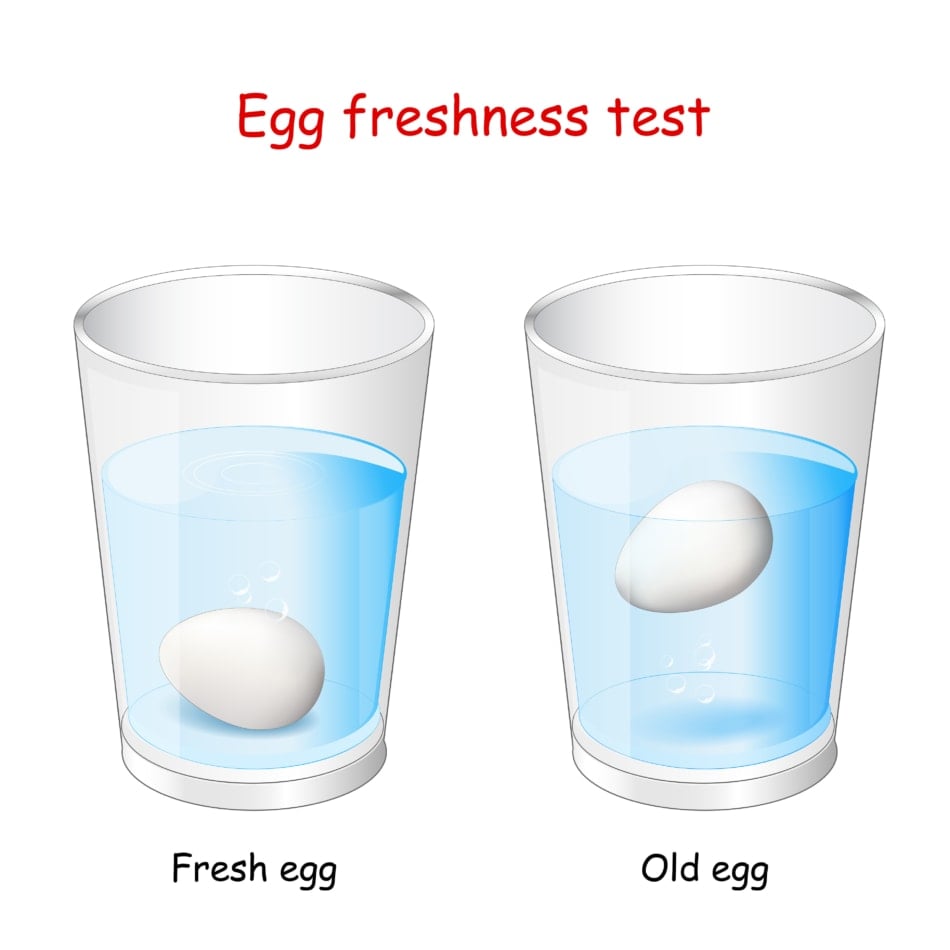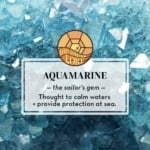15 Fun Egg Facts For Egg Day (June 3)
June 3rd is Egg Day! Celebrate with these 15 egg-cellent facts you may not have known about one of nature's near-perfect foods!

Fry them, poach them, boil or bake them—any way you crack them, eggs are delicious and nutritious. They’re considered nature’s most perfect foods, packed with protein and amino acids. As much as we rely on them for breakfast, lunch, and dinner (and dessert, of course!), there are many interesting facts about eggs that aren’t common knowledge.
Enjoy some of these lesser-known tidbits about eggs:
15 Fun Facts About Eggs
- Chef hats traditionally have pleats equal to the number of ways that you can cook an egg.
- Harriet, a hen from the United Kingdom, laid the world’s largest egg in 2010. Her astonishing egg measured 9.1 inches in diameter.
- It takes a hen between 24 and 26 hours to develop an egg. Once she lays an egg, the development of a new egg normally starts within 30 minutes.
- Chickens don’t produce one egg at a time. Instead, producing hens normally have several eggs in various stages of development.
- Eggshell colors have nothing to do with the flavor or nutritional value of the egg. Brown, white, and even blue and green eggshells are simply indicative of the breed of hen.
- The hen’s diet determines the color of the yolk. Some producers feed natural supplements like marigold petals so that their hens lay eggs with brighter yolks.
- There are several reasons why commonly we eat chicken eggs instead of duck or turkey eggs. Chickens lay more eggs, they need less nesting space, and they don’t have the strong mothering instincts of turkeys and ducks, which makes egg collection easier.
- White eggs are more popular among commercial producers because chickens that lay white eggs tend to be smaller than their brown egg-laying cousins, therefore needing less food to produce the same number of eggs.
- Most of today’s egg-laying hens are White Leghorns (white eggs) or Rhode Island Reds and Barred Plymouth Rocks (brown eggs).
- Not all chickens create eggs equally. Some breeds lay eggs almost every day. Other breeds lay eggs every other day or once to twice per week.
- When it comes to the number of eggs laid each year, Iowa leads the nation with more than 14.8 billion eggs produced annually. Ohio is the next state in line, producing 7.9 billion eggs each year.
- Eating raw eggs won’t help you build muscle. Only 51% of the proteins in raw eggs are digestible, while 91% of the proteins in cooked eggs are digestible.
- Can’t tell if that egg in the refrigerator is raw or hardboiled? Try spinning it! Raw eggs wobble as the liquid inside shifts, but hardboiled eggs spin smoothly.
- Because older eggs have larger air cells, they’re much easier to peel than fresh eggs.
- Cloudy egg whites mean that the eggs are extremely fresh, while clear egg whites are an indicator of older eggs. Cloudiness of raw white is due to the natural presence of carbon dioxide that has not had time to escape through the shell and is an indication of a very fresh egg. As eggs age, carbon dioxide escapes and the white becomes more transparent. Other colors in the egg white may be a sign of spoilage, so if it’s not cloudy-white or clear, don’t eat it! Read: How to tell if your supermarket eggs are fresh.


Amber Kanuckel
Amber Kanuckel is a freelance writer from rural Ohio who loves all things outdoors. She specializes in home, garden, environmental, and green living topics.






Hay. Egg
Hahahhaha some of the comments are as good as the article….
I had lived on a poultry farm growing up with over 60,000 lays hen on site at a time. with several different breeds of chickens…all these were feed the same feed…and YES there is a difference in the taste of white to brown egg shelled chicken….the yolks of the brown eggs normally have a strong taste….I’ve proven it myself in a blind taate test several times. Yes chickens sometimes lay double yolk eggs…..this due to that chicken being under some sort of stress in the eggs developement….I have even seen chickens lay eggs without a hard shell..just in the eggs inner membrane
Egg-citing informations.
Very intresting artile.. Am happy that i sign up with farmers almanac. I learned some garden stuff i did not know. thank you i am going to try them in my garden.
hey victor put a ia at the end if your name and thats my name
Very helpful. Thank you
I found this article very useful.
I enjoyed this article and learned quite a bit from it. We eat a lot of eggs and plan on getting some chickens soon. My favorite eggs are the brown organic eggs, although my husband says he can’t tell the difference, but the yolks seem much richer. My favorite way to eat eggs is fried dippy style, scrambled with cream, coddled, and egg salad. 🙂
My five hens are pastured, in that they have half of my backyard to run around in. Their yolks are nice and yellow orange. The more access they have to bugs and greens, the darker the yolks. A few years ago, we had a grasshopper plague and their yolks were almost red from all the grasshoppers they managed to eat. They were happy hens!
The color of the eggshell is determined by the color of the hens earlobes. White feathers, white earlobes, white eggshells!